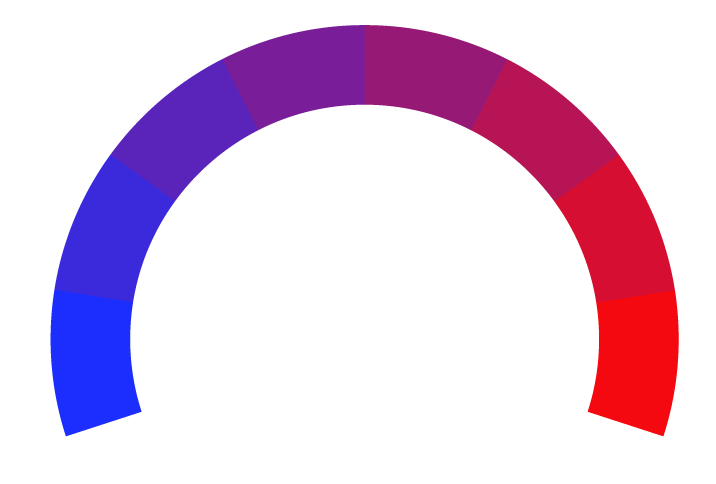 Wall Street Journal Article Rating
Wall Street Journal Article RatingWhen It Pays to Have a Mortgage in Retirement -- and When It Doesn't
- Bias Rating
10% Center
- Reliability
N/AN/A
- Policy Leaning
-10% Center
- Politician Portrayal
-18% Negative
Continue For Free
Create your free account to see the in-depth bias analytics and more.
Continue
Continue
By creating an account, you agree to our Terms and Privacy Policy, and subscribe to email updates. Already a member: Log inBias Score Analysis
The A.I. bias rating includes policy and politician portrayal leanings based on the author’s tone found in the article using machine learning. Bias scores are on a scale of -100% to 100% with higher negative scores being more liberal and higher positive scores being more conservative, and 0% being neutral.
Sentiments
N/A
- Liberal
- Conservative
| Sentence | Sentiment | Bias |
|---|---|---|
Unlock this feature by upgrading to the Pro plan. | ||
Reliability Score Analysis
Policy Leaning Analysis
Politician Portrayal Analysis
Bias Meter
Extremely
Liberal
Very
Liberal
Moderately
Liberal
Somewhat Liberal
Center
Somewhat Conservative
Moderately
Conservative
Very
Conservative
Extremely
Conservative
-100%
Liberal
100%
Conservative

Contributing sentiments towards policy:
62% : Because the bond's 2.7% after-tax return exceeds the mortgage's 2.34% after-tax cost, the strategy of buying bonds to pay the mortgage remains the more profitable choice, said Mr. Roth.59% : The homeowner must compare the 2.34% after-tax cost of the mortgage with the after-tax return he or she could earn on a Treasury note.
56% : The goal is to see if you can earn enough in interest after taxes to cover your continued mortgage interest.
55% : That leaves an after-tax return of 2.7%, according to Mr. Roth.
49% : However, if the homeowner doesn't receive the full tax benefit from taking the deduction, the bond's 2.7% after-tax return falls short of covering the 3% mortgage.
47% : Someone in the 22% tax bracket would forfeit 22% of the note's 3.49% in interest to taxes.
45% : Taxes can change the math on the decision to pay off a mortgage, generally in favor of paying off the debt.
*Our bias meter rating uses data science including sentiment analysis, machine learning and our proprietary algorithm for determining biases in news articles. Bias scores are on a scale of -100% to 100% with higher negative scores being more liberal and higher positive scores being more conservative, and 0% being neutral. The rating is an independent analysis and is not affiliated nor sponsored by the news source or any other organization.





















